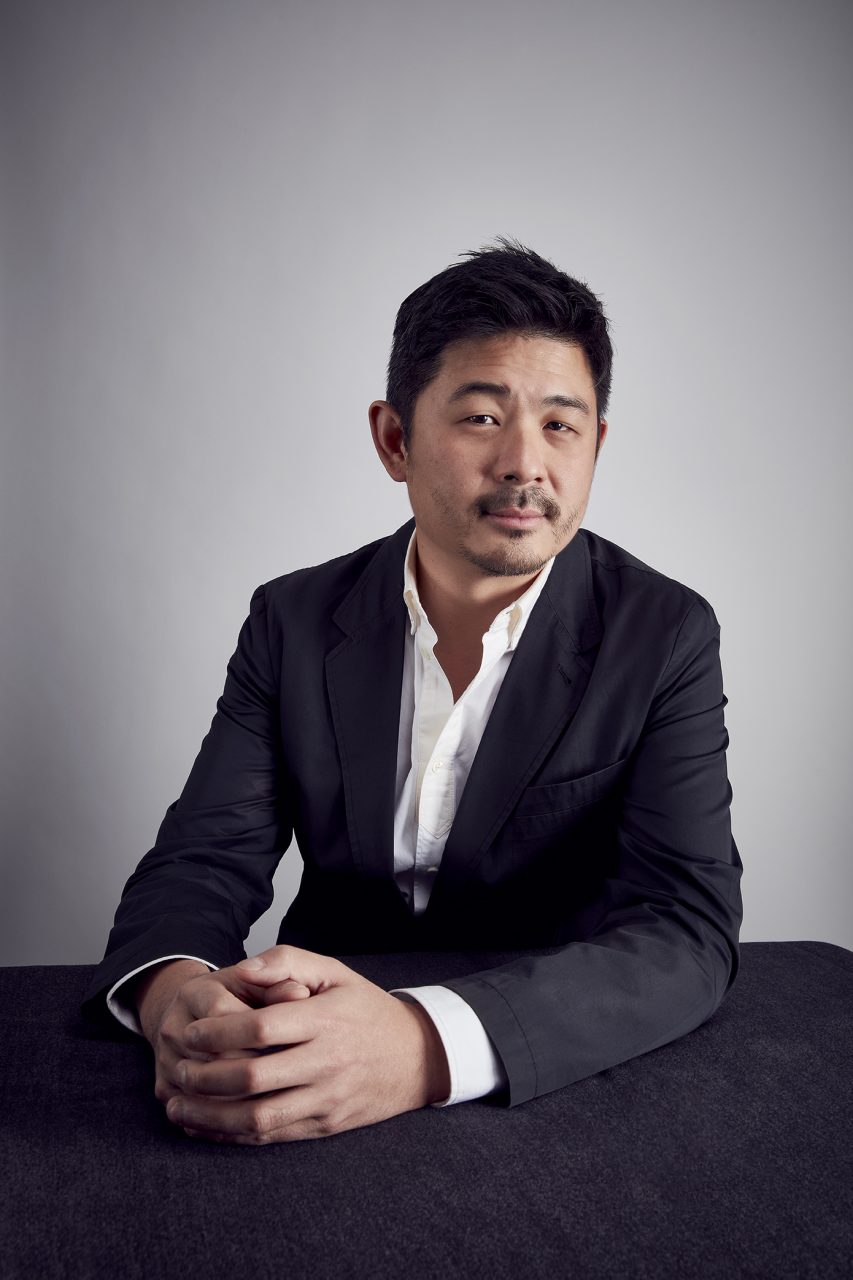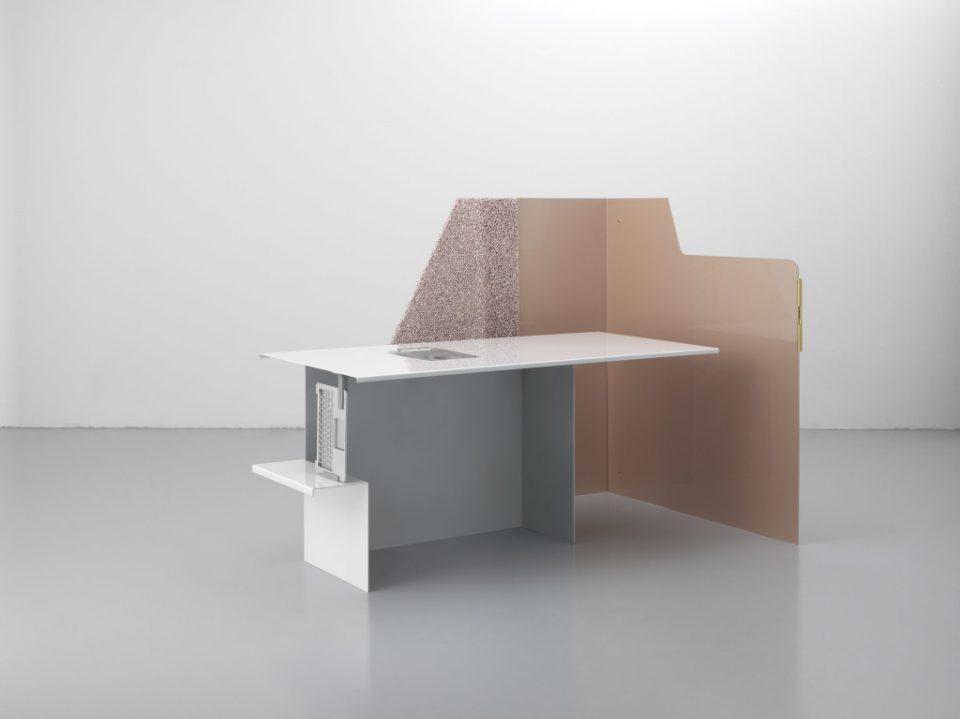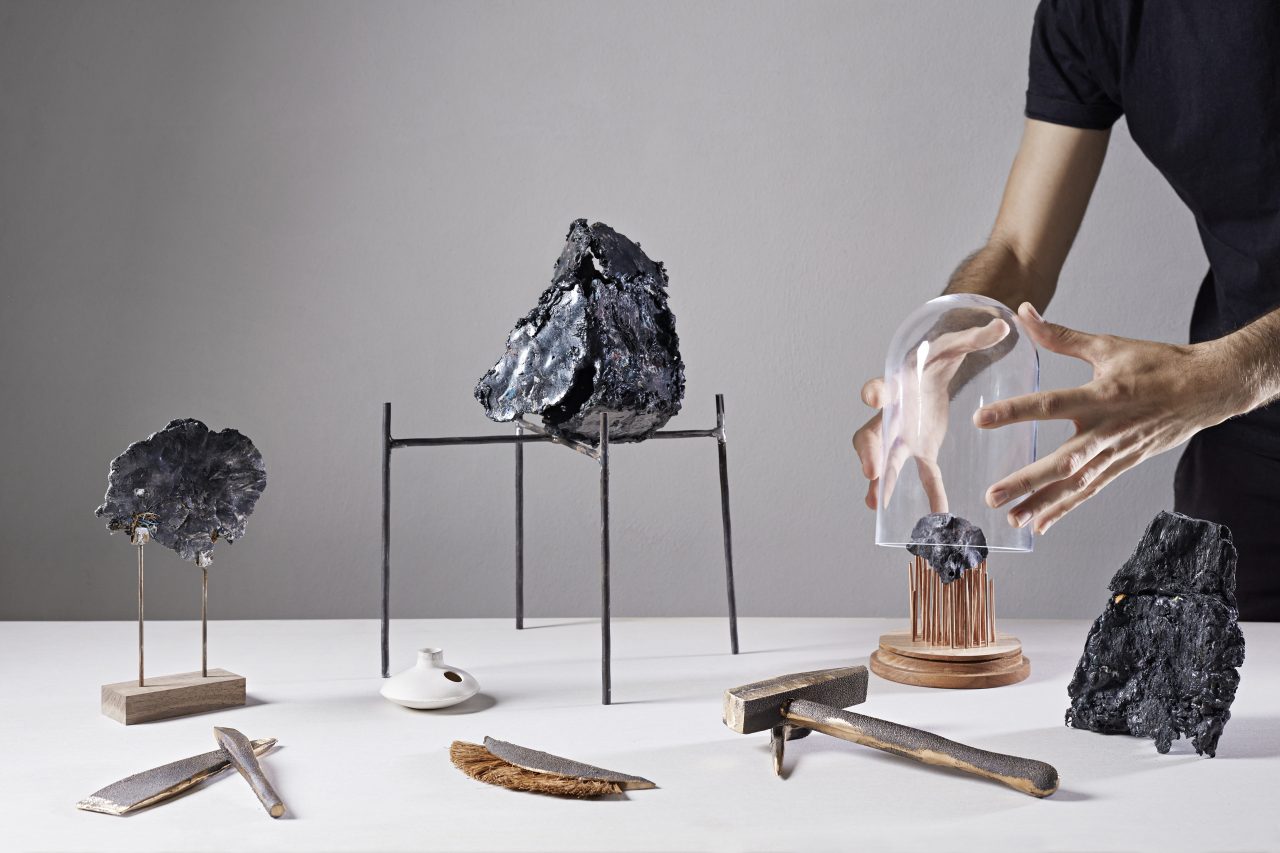Collectors, gallerists, designers, curators, and critics come to Design Miami/Basel from around the world to revel in some the most opulent and high-priced design. That being said, the fair isn’t exactly known for its stance on sustainability, let alone efforts to be environmentally conscious.
That is soon to change, beginning with the 14th edition of Design Miami/Basel from June 11-16. The newly appointed Curatorial Director, Aric Chen, has plans to not only to change the operations but also the content of the fair itself. By providing an overall curatorial vision for the show’s topic driven large-scale exhibition, “Design at Large,” Chen surveys topics related to environmental sustainability, resources and waste, and potential futures.
AN Interior recently chatted with Chen about his new role, vision for the fair, and highlights from this year’s gallery program.

AN Interior: Can you tell me more about Design Miami? What has been accomplished and what is your vision moving forward?
Aric Chen: I’m really excited to be working with Design Miami/Basel. I’ve known and consider all the previous directors as friends: Ambra Meda, Marianne Goebl, and Rodman Primack. They’ve done such a great job establishing Design Miami as this really singular platform for collectible design.
AN: What will you be doing?
AC: What I’m doing is actually a new role that they’ve created. It’s not the director or chief creative officer (which is what Primack was), it’s the Curatorial Director. What they’ve asked me to do is focus on setting the tone.
AN: What would that look like to you?
AC: This year, for both Basel and Miami, we’re trying to take a more topical and issues-related approach. In particular, focusing on the issue of resources and sustainability in the post-nature advocacy context. A lot of designers out there have amazing antennae for the most pressing, critical issues of the moment. They’re looking at these questions about how we make, think about, and imagine a world in which our impact on the planet is changing the nature of the planet … and the nature of nature.
AN: Can you give me an example?
AC: Basel’s theme will be called “Elements: Earth” and Miami will be called “Elements: Water” for all the obvious reasons. In Basel, in particular, there’s this annual program called “Design at Large,” which takes over this huge space in the hall. This year, “Elements: Earth” will include projects like Formafontasma’s “Ore Streams.” It speculates about a not-too-distant future, in which we’ve exhausted below-ground resources; and where we’re now looking at above-ground mining and E-waste in making these speculative pieces. You’re mining the waste streams that we’ve created.

AN: Can you think of another example?
AC: We also have Shahar Livne’s “Metamporhism” project. She’s created this new composite material by combining plastic with various minerals and putting them under heated pressure (to mimic the Earth’s natural geological processes) to create new material for an agent (which, plastic is now part of the Earth’s geological strata).
AN: How will you incorporate environmental sustainability at both shows?
AC: At Design Miami/Basel this June, we are moving towards substantially reducing the use of single-use plastics. We’ve already replaced most of the plastic VIP cards with paper. The café and coffee bar will be plastic-free in collaboration with an NGO called “A Plastic Planet.” And then, Miami will take it even further.
AN: Will there be work on display that could realistically solve problems relating to environmental sustainability?
AC: The theme of the Basel fair is “Elements: Earth,” looking at how designers are rethinking materials, resources, and making at a time when we’ve irreversibly altered the nature of the planet. This will be followed up by “Elements: Water,” in Miami in December, looking at a range of water issues.
The “Elements: Earth” will be more speculative and conceptual. It won’t be as much of the problem-solving as it will be about re-imagining possible futures. I think that’s appropriate in the context of collectible design and that this is an area where you can really push conceptual ways of thinking about design based on more radical experimentation. It’s important to keep room for that; acknowledging that design is also a cultural endeavor. That’s not just about making things, but also making things that help us think through bigger pictures in a more discursive way.
AN: What does big picture mean in this context?
AC: We don’t talk about design as a problem-solving exercise the way we used to. And I think that a lot of that is because we’ve become a lot more aware that the problems that we’re talking about often are way too complex to be quote-en-quote “solved.”
AN: If design isn’t about problem-solving, per se, then what can it be about?
AC: It’s about ways of thinking, about ways of acting, about ways of mediating things, and reconciling our relationship with each other and the world.
AN: What’s next after Miami?
AC: I’m starting a professorship at Shanghai Curators Lab (SCL) at Tongji University. It’s exciting, but also a bit scary because I’ve never properly taught before.
Then, I’m working on a show with Arata Isozaki, the Japanese architect, called “Arata Isozaki: Third Space.” This will be a show that’ll open in September, in his hometown of Oita, Japan. It will look at his work that exists in-between disciplines, practices, and time and space.
In December, right after Design Miami, I’m opening a show at Design Museum Holon in Israel. It is the 10-year anniversary show. I was on the curatorial team for their inaugural exhibition, in 2009, which was a global survey of design called “The State of Things.” Ten years later, we’re now looking at how design and the world have changed in a show called “State of Extremes.” We’re currently living in extreme weather, extreme inequality, extreme wealth disparity, extreme political polarization, etcetera . . . It’s not a show about any particular topic or issue, but rather about the nature of extremes and the mechanisms that drive them, seen through the lens of design.

